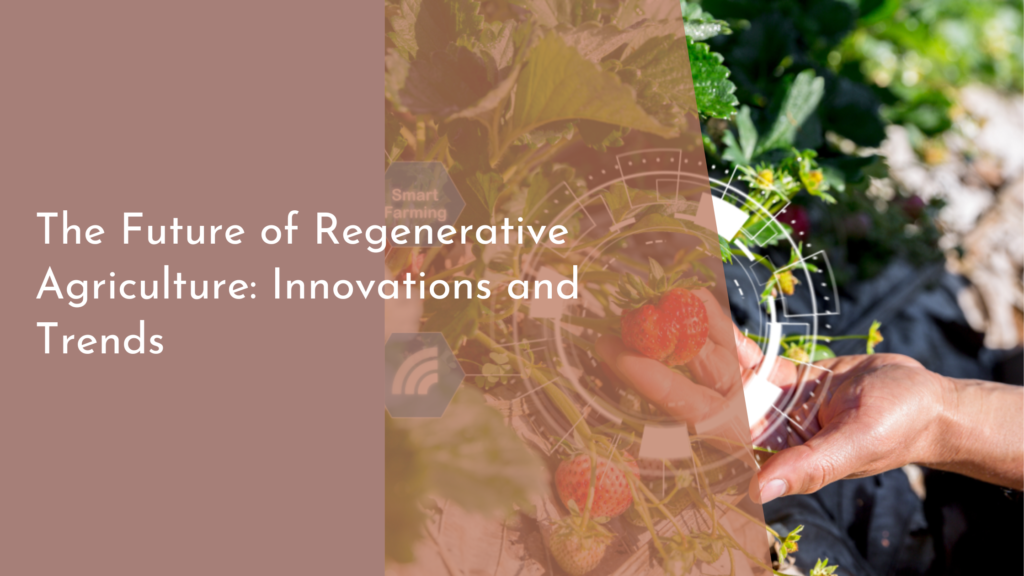Innovative Approaches to Teaching Environmental Education
In an era where the environment faces unprecedented challenges, innovative approaches to teaching environmental education are essential for cultivating a new generation of eco-conscious individuals. Schools and educators are creatively rethinking traditional methods, blending technology, storytelling, collaborative projects, and community involvement to make learning about the environment engaging, accessible, and impactful. This article explores these dynamic approaches that are transforming environmental education into an exciting journey of discovery and action.
Blending Technology with Outdoor Exploration
Technology has revolutionized how students engage with environmental education by offering tools that bring the natural world into classrooms and vice versa. Virtual reality (VR) experiences allow students to explore diverse ecosystems, from rainforests to coral reefs, without leaving their classrooms. These immersive experiences not only foster a deeper understanding of biodiversity but also spark curiosity and concern for distant habitats. Additionally, mobile apps like Seek by iNaturalist enable students to identify plant and animal species during outdoor excursions, transforming their phones into powerful tools for environmental exploration and learning.
Outdoor exploration remains a cornerstone of environmental education, and when combined with technology, it becomes an even more powerful educational tool. Programs that integrate GPS-based geocaching with ecological studies encourage students to venture into local parks and nature reserves, where they can engage in treasure hunts for environmental data points. These activities promote physical activity, teamwork, and environmental stewardship, as students document their findings and discuss the environmental significance of their discoveries.
Creative Storytelling to Spark Environmental Awareness
Storytelling is an age-old method of educating and engaging individuals, and its application in environmental education is both innovative and effective. By crafting compelling narratives around environmental issues, educators can capture students’ imaginations and inspire them to take action. For instance, using story-based video games that incorporate environmental challenges allows students to navigate scenarios where their decisions impact the virtual environment, thus illustrating the real-world consequences of human actions on ecosystems.
Beyond virtual narratives, creative storytelling in the form of plays, poems, and short stories can be utilized in the classroom to foster environmental literacy. Students can be encouraged to write and perform skits that highlight local environmental concerns, such as pollution or endangered species. These performances not only serve as an outlet for creativity but also instill a sense of responsibility to protect their local environment. By connecting emotionally with the stories they create, students are more likely to engage with and retain the environmental lessons they learn.
Collaborative Projects for Hands-On Learning
Collaborative projects are a dynamic way to immerse students in hands-on environmental learning, emphasizing teamwork and real-world problem-solving. When students work together on sustainability projects, they can tackle complex topics like waste reduction or renewable energy. For example, a school might initiate a project to design and build a community garden, where students collaborate on everything from planning to planting, learning about biodiversity, soil health, and sustainable practices along the way.
Such projects also allow students to apply interdisciplinary knowledge, integrating science, math, and the arts to solve environmental problems. For instance, students could undertake a project to reduce the school’s carbon footprint, using data analysis and creative communication to assess current practices and propose improvements. These collaborative endeavors cultivate critical thinking, cooperation, and leadership skills, preparing students to address environmental challenges in their future careers and communities.
Empowering Students Through Community Involvement
Empowering students through community involvement is a powerful approach to environmental education, as it connects classroom learning with real-world action. By participating in local environmental initiatives, such as tree planting or beach clean-ups, students not only contribute to their communities but also see the tangible impact of their efforts. These experiences nurture a sense of agency and accountability, motivating students to continue advocating for environmental causes.
Involving students in community-based projects also fosters partnerships between schools and local organizations, creating opportunities for mentorship and experiential learning. Students can collaborate with local environmental nonprofits or government agencies on projects that address pressing local issues, such as water conservation or habitat restoration. These partnerships enrich the educational experience by exposing students to diverse perspectives and expertise, further empowering them to become informed and active environmental stewards.
The future of our planet depends on the education and empowerment of today’s youth, who will become tomorrow’s leaders and decision-makers. By integrating technology, storytelling, collaborative projects, and community involvement into environmental education, educators are not only enhancing learning experiences but also equipping students with the knowledge and skills needed to tackle environmental challenges. These innovative approaches inspire a deeper connection to the environment, fostering a generation that is informed, proactive, and passionate about creating a sustainable future.


